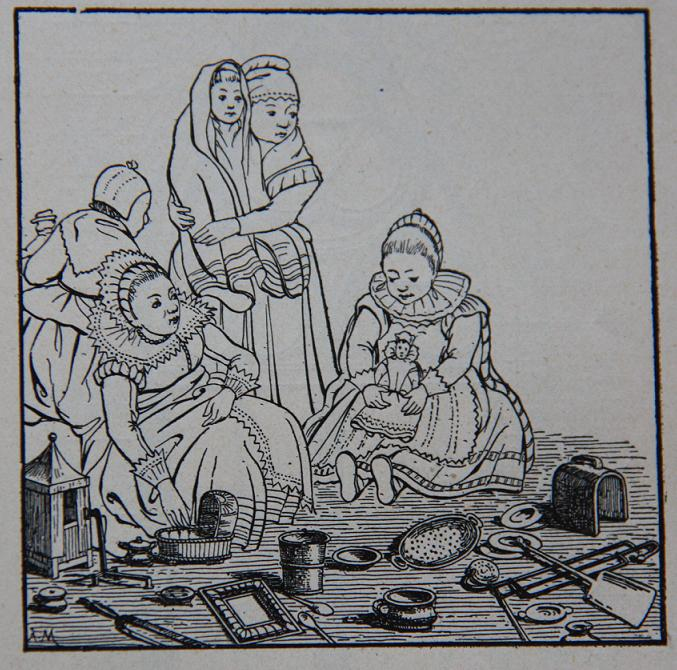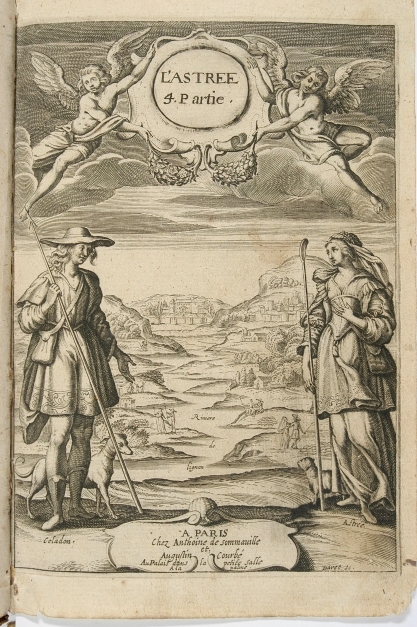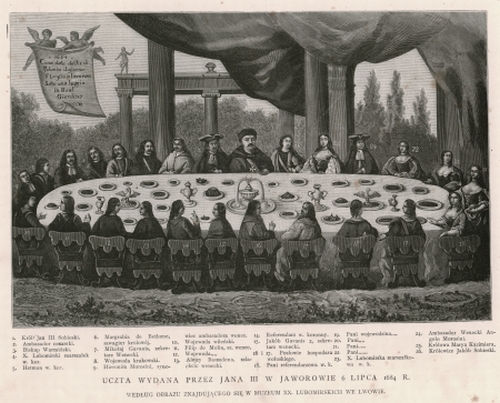Mary Kazimiera as Marysieńka – the age of getting married for young maidens
When the queen's maiden Maria Kazimiera was getting married, she was only 16 years of age. 2 years earlier she was spotted by Jan III Sobieski. And although the real love and affection joined them a few years later, a passing desire developed already. As a 13-year-old, together with other maidens of the Queen, Marysieńka performed in the Royal Ballet. Her appearance and impression she made on men were described by the expert of female beauty Jan Andrzej Morsztyn:
The most beautiful though the youngest,
Born among the courteous French,
Is able to burn both lands into ashes,
From the sunrise till sunset,
Do not hesitate to give your heart to such hands.
Should heaven extend her life,
Her excessive beauty, that is only dawning,
Will seduce the king before noon.
From today's perspective, such erotic admiration of a 13-year-old are nothing short of paedophilia. However, in XVII century standards were different in this respect.
Polish townswomen in small municipal areas got married at the age of 20 – 22. It must have been similar in big cities. It meant that the average age of marrying was about 4 years lower than in the west of Europe. Nobility enjoyed different legal privileges in this respect. Jan Andrzej Morsztyn is the author of an epitaph were the heroine claims that having died young, she managed to fulfil all most important social roles attributed to her sex: She was a maid, a wife, and a mother.(died at childbirth): 'experienced like a woman, though at the age of a maid.' We can learn from the introduction that the poem is about a 12-year-old. If Morsztyn (who in this case adapted Ausonius's epigraph about a 16-year-old) could be suspected of cheap effectiveness, then Dominik Morolski, who published Memorial of his wife's death in 1628, could not.
Similarly, we can read, in Roksolanki by Szymon Zimorowic, a confession of a maid who felt mature and due to lack of a partner, got a matrimonial fear: 'I have grown out of nappies and/ have reached my spinster age' We can suspect that nappies are only licencia poetica. But there is no room for doubts in an anonymous love song from the book called New Courtly Songs:
I has reached advanced age now almost 13
In a year perhaps Johnny will help me.
I swear and vow to marry him,
And before a year passes, promise to give birth.
A 13-year-old promising to make her mother a nanny can be shocking today, but was in accordance with contemporary law. Nobility was under an old canonical law, allowing marriage at the age of 13. This privilege was rarely used by common people. Vaclav Potocki recommended the age of 18 to be appropriate for marriage, and others dissuaded from marrying under-age maidens. But among magnates, where high dowries, and attractive connections were at stake, (the same factors decided about even earlier dynastic marriages) marrying a girl of 13,14 or 15 years of age was not rare. Anna Stanisławska, the author of a rhymed autobiography, got married and the age of 15. Gryzelda Batory became the third wife of Jan Zamoyski at the age of 14. Ludwika Radziwiłł (later considered as a candidate for Jan III's son Jakub Ludwik) was 13 when she married Ludwik Leopold Hohenzollern. Cornet Chamberlain of Vskhov Jozef Radolinski (died 1781) married Katarzyna Raczynska when she was 12 years and 15 days old, thus as soon as she turned 13. It should be remembered that in Pan Tadeusz by Adam Mickiewicz, resolute Sophie was only 14. Her matrimonial desires were not surprising. In a XVII century Poem about tricks and habits of contemporary women, an old spinster complained that: 'others got married at the age of 14' but she missed her chance.
Determined in such way, biological limits of maidens' adulthood, left no margin for the period between childhood and maturity, understood here as adulthood. This legal condition was reflected by contemporary mentality, and definitely Polish language of the times. One could not refer to what was in between, due to the lack of appropriate word. In Kochanowski's language the age of a woman was graded in three stages: maid, or girl, woman, and old woman. In our perception of the world, between childhood and adulthood there is widely understood youth, trying to enjoy the privileges of adult life and avoid responsibilities. Eliminating this gap created big impact on upbringing. (The gap was often noticed but was less important than the possibility of marriage to a noble family). Krzysztof Opalinski in his satire on rotten condition of women, complains: 'she is barely 7 and introduced to young men and lovers'. According to contemporary law and magnate customs, in XVI and XVII century, girls had to give up dolls, to enter the world of matrimonial duties.


